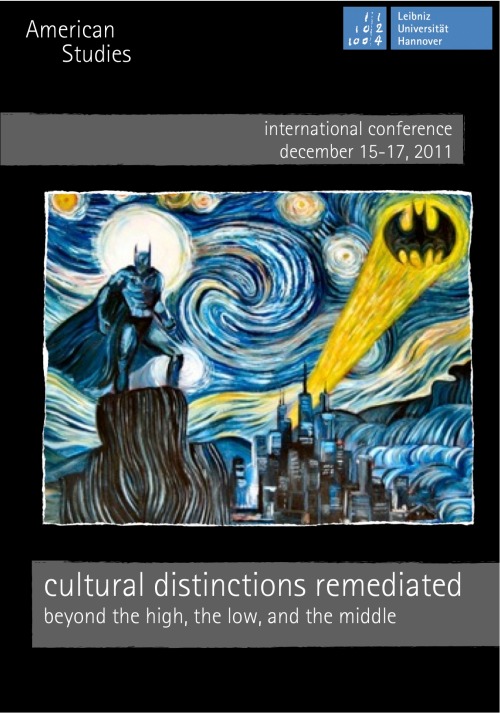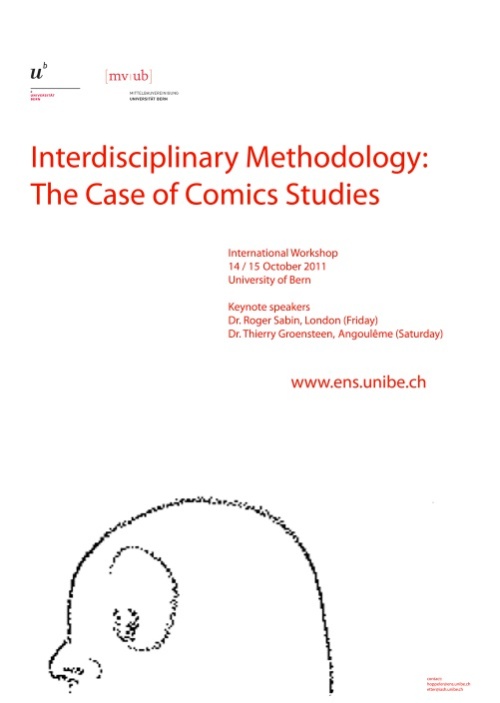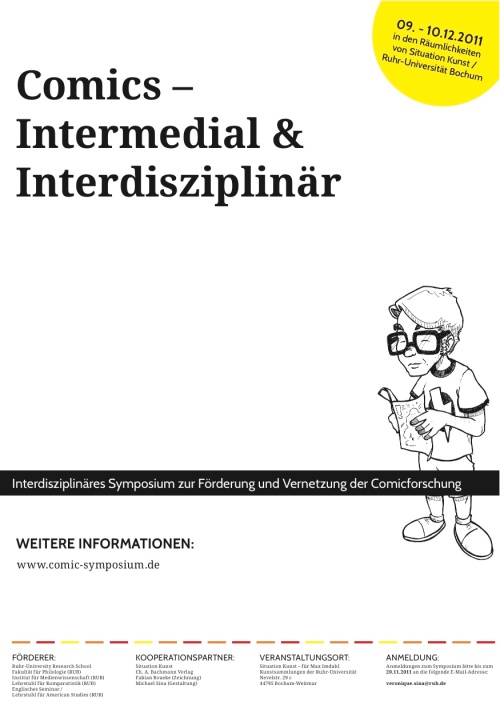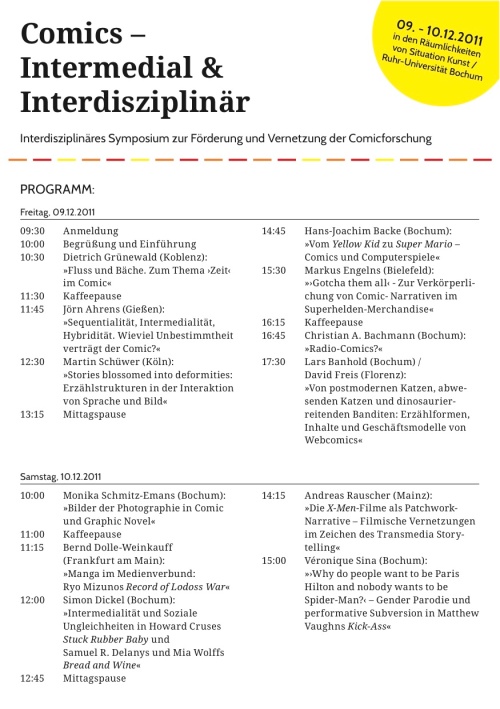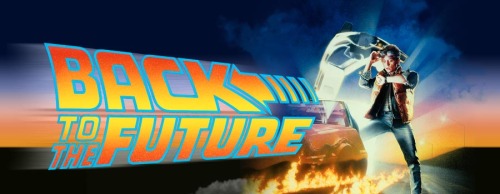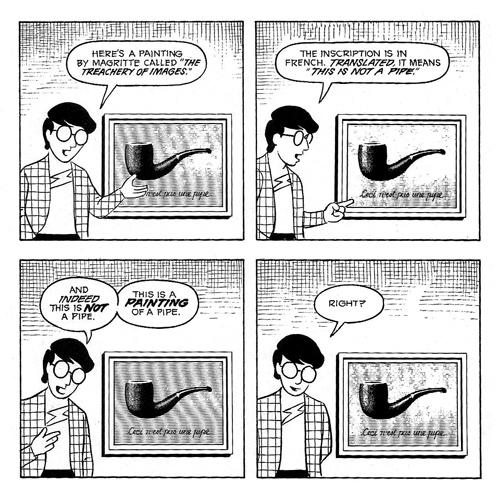
Harold Innis taught us to look at the media as a form of traffic. Media products/signs travel just like things and people; constantly flowing, they overcome space and time, partly on communal and partly on dedicated networks.
Traffic is the sum of its parts, made up of an infinite number of acts of transport and transfer. It is, however, more than that, because traffic has its own logic and forms its own structures and rules.
Traffic is frequently compared with water: it finds a way, forms trickles, raging currents and dissipative structures. In certain places it collects, accumulates, stands still; or seeps away. Traffic and sign traffic cannot be stopped: they overcome any obstacle, penetrate everything and
wear away anything fixed: one can plan, steer and direct them, but probably not control them.
Sign traffic poses a particular problem when it comes to observation. There is no “royal overlooking position” from which there would be a view of the entire proceedings; it is difficult to describe in qualitative terms, while empirical approaches must rely on counting.This conference is intended to take up the image proposed by Innis and view the media as a form of traffic. To this end, the following questions, for example, are of relevance:
• Which media phenomena can be described in traffic terms more accurately than in another perspective? Is it just a metaphor, or more?
• Which conceptions of traffic are represented in which fields of knowledge? Which of them are viable in an analysis of the media?
• Is a comprehensive traffic science, encompassing the traffic of commodities, people and signs alike, conceivable?
• Would this be identical to a kind of media ‘logistics’? Or to a theory about society on the whole, if Marx speaks of ‘forms of intercourse’ and Luhmann of ‘communication’?
• Which associations do the different connotations of the term entail? In English drug traffic, illicit transactions und air traffic control, in German communication in general, and sexual intercourse…
• What is the relationship between traffic and infrastructure? Is traffic only possible on the basis of established infrastructures, or does infrastructure come as a consequence of traffic’s requirements? What is the relationship between traffic and technology?
• Are there specific economic rules that steer the flow of traffic?
• Does traffic –as an adaptive system– allow for a bridging of media theory, fluid dynamics and the analysis of complex systems?
• What do network theories contribute to the understanding of sign traffic?
• What role does storage –Innis refers to staple production– play in relation to flow and traffic?
• Are there also traffic accidents, tail-backs or blocks in the media sphere?The scheduled conference continues a series of events, which started in 2007 and aim to bring together media scholars from the USA, Canada and Germany:
An International Conference on Media and Culture in the 21st Century,
Feb. 14-18, 2007, Schloss Thurnau, University of Bayreuth, Germany
Hosts: Klaus Benesch, Kerstin Schmidt, Martina Leeker, Derrick de Kerckhove
Publ.: de Kerckhove, Derrick; Leeker, Martina; Schmidt, Kerstin (ed.):
McLuhan neu lesen. Kritische Analysen zu Medien und Kultur im 21. Jahrhundert. Bielefeld: Transcript 2008
- Media Theory on the Move.
Transatlantic Perspectives on Media and Mediation
May 21-23, 2009, University of Potsdam, Germany
Host: Dieter Mersch
Media Theory in North America and German-Speaking Europe
April 8-10, 2010, University of British Columbia, Vancouver, Canada
Hosts: Norm Friesen, Richard Cavell
The Media Transatlantic IV – Traffic conference is organised by the Graduiertenkolleg “Automatisms” (Research Training Group) at the University of Paderborn, Germany www.upb.de/rtg-automatisms .
The Research TG will cover part of your travel expenses.
Please send your title and an abstract of about 500 characters to:
Prof. Dr. Hartmut Winkler [ winkler@uni-paderborn.de ].
Deadline for submissions is July 31, 2011.
